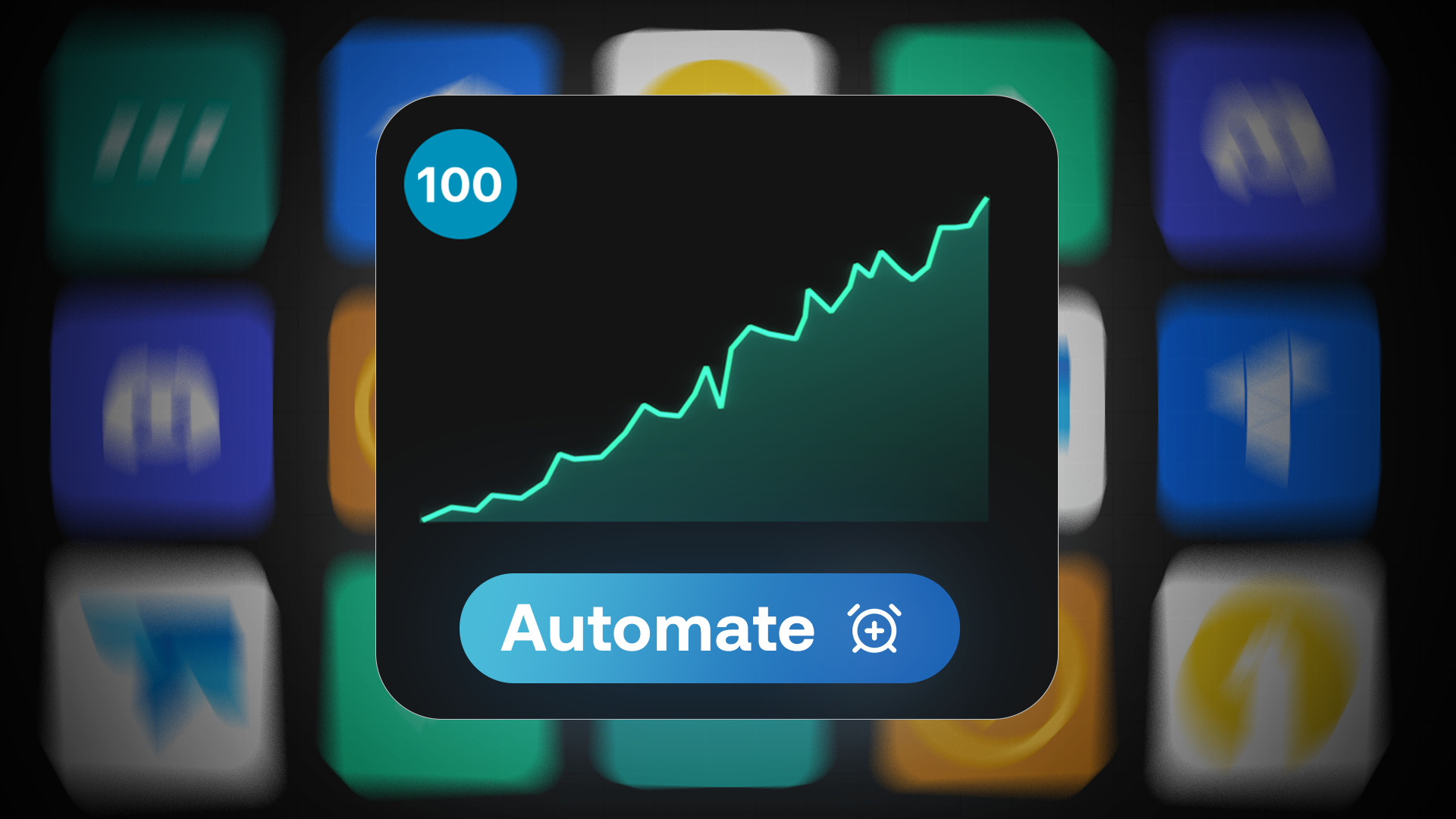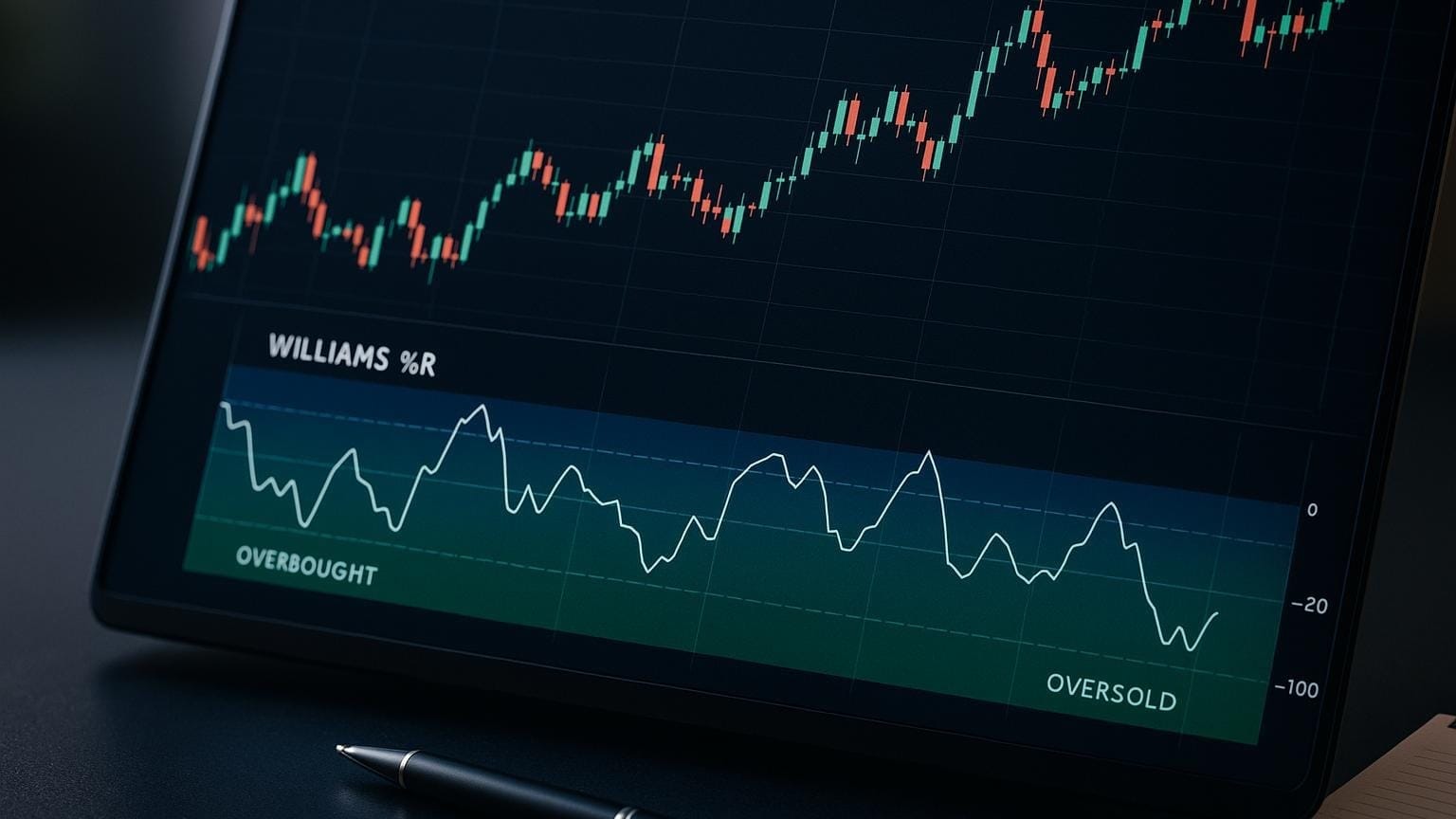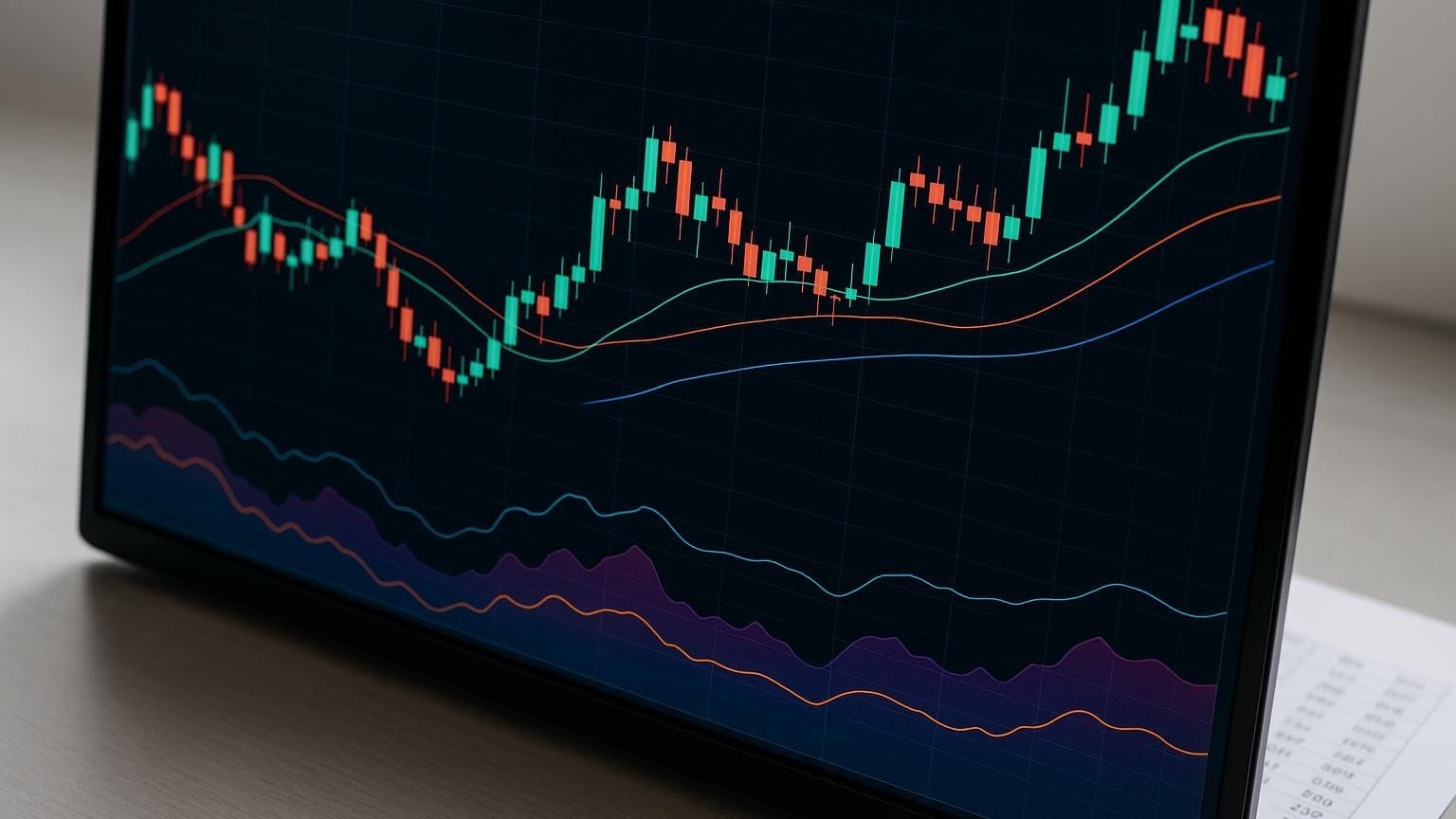Explore the key differences between CFD brokers and retail prop firms, including risk, capital requirements, and trading strategies for traders.
When deciding between CFD brokers and retail prop firms, your choice depends on your capital, risk tolerance, and trading style. Here's a quick breakdown:
- CFD Brokers: You trade using your own money, keep all profits after fees, and take on all risks. They offer leverage (commonly up to 30:1 in the EU, higher in some jurisdictions) and flexibility but require full account funding. U.S. residents generally cannot trade CFDs due to regulatory restrictions, so some seek offshore options that lack U.S. protections learn why CFDs are banned for U.S. retail traders.
- Retail Prop Firms: You trade with the firm's capital after passing an evaluation. Profits are shared (often 70–90% to the trader), and your personal financial risk is largely limited to the evaluation fee. Strict rules (daily loss limits, max drawdown) apply, and position-level leverage is typically lower than aggressive CFD offerings.
For U.S. traders, prop firms are often more accessible due to CFD barriers. Prop firms can suit those with limited capital but solid skills, while CFD brokers appeal to traders seeking full control—where permitted.
Quick Comparison
| Aspect | CFD Brokers | Retail Prop Firms |
|---|---|---|
| Capital Required | Full funding ($1,000–$50,000+) | Evaluation fee ($100–$500) |
| Profit Share | 100% (after fees) | 70–90% (shared with firm) |
| Risk | Trader absorbs all losses | Limited to evaluation fee |
| Leverage | Varies by region (e.g., EU caps at 30:1 for major FX) | Typically 10:1 to 30:1 |
| Withdrawal Flexibility | Based on broker policies | Structured around firm schedules |
| Regulations | Limited access for U.S. traders | Accessible to U.S. traders; oversight varies |
Both models have pros and cons. CFD brokers offer autonomy but higher personal risk, while prop firms provide access to larger capital with stricter rules. Choose based on your goals and trading approach.
Prop Trading Firm vs. CFD Broker — What’s Better?
How They Work
CFD brokers and prop firms operate in fundamentally different ways, shaping your overall trading experience. Their revenue models, onboarding processes, and relationships with traders influence how you engage with them and your potential for success. Let’s break down how each approach works and what it means for you.
CFD Broker Business Model
CFD brokers primarily make money through spreads (the bid–ask gap), commissions on certain instruments, and overnight financing. Their revenue is driven by trading volume rather than whether your individual trades win or lose. In the EU and UK, regulators impose product rules—like leverage caps and negative balance protection—that limit risk for retail traders. In the U.S., CFD offerings to retail customers have been the subject of enforcement actions, so U.S.-based traders generally cannot open CFD accounts and sometimes turn to offshore providers with fewer protections.
Prop Firm Structure and Process
Modern “retail” prop firms focus on identifying skilled traders, funding them, and sharing profits. The process usually starts with an evaluation where you pay a fee and trade in a simulated environment under strict rules (profit targets, daily loss and drawdown limits). If you pass, you may be granted access to a funded or monitored account. Some firms offer instant funding or subscription-style access, but rules still govern risk and payouts. Because many retail prop programs run on simulated accounts, oversight differs from that of registered brokers or exchanges in the U.S.
Getting Started and Trader Experience
With a CFD broker, onboarding is straightforward: apply, verify identity, fund your account, and trade your own capital. By contrast, prop firms require paying an evaluation fee and trading under rules for 30–60 days before access to capital. Some firms provide platforms like NinjaTrader, Tradovate, or Rithmic for futures. Many also include feedback, coaching, or dashboards to foster consistency.
Risk and Capital Requirements
These factors determine who shoulders financial losses and how much capital you need to start.

Who Takes on the Risk?
With CFD brokers, you trade your own funds and bear all losses (subject to protections like margin close-out where applicable). Brokers earn on spreads/fees regardless of trade outcomes.
Prop firms assume market risk up to defined limits once you’ve qualified, but enforce strict daily loss and max drawdown rules. Breaching rules can end your funded status even if the account still has equity.
Capital Requirements and Leverage Access
CFD brokers require full funding to access leverage. Outside the U.S., leverage often tops out at 30:1 for major FX under ESMA rules, with lower limits on other assets. In the U.S., CFDs are broadly unavailable to retail traders.
Prop firms let you access buying power by paying an evaluation fee instead of depositing the full account size. For futures, effective leverage depends on exchange and broker margin requirements (performance bonds) rather than a single “leverage number.” See CME’s overview of performance bonds/margins for how this works in practice.
Risk and Capital Comparison
| Aspect | CFD Brokers | Prop Firms |
|---|---|---|
| Financial Risk | Trader bears full losses | Limited personally; firm risk within drawdown rules |
| Capital Required | Full account funding ($1,000–$50,000+) | Evaluation fee only ($100–$500 typical) |
| Position Leverage | Jurisdiction-dependent (e.g., EU caps 30:1 major FX) | Constrained by firm rules; for futures, by margins |
| Loss Protection | None beyond broker/regulatory protections | Firm covers losses within defined limits |
| Account Termination | When balance hits zero | Immediate on rule violations |
| Regulatory Protection | Varies by jurisdiction | Oversight varies; many programs are unregulated |
| Withdrawal Flexibility | Access to remaining balance | Payout schedules and consistency rules apply |
These differences also affect psychology. CFD traders often feel more stress since losses hit personal funds; prop traders may be more comfortable taking calculated risk but must operate under strict constraints.
Trader Pay and Profit Potential
Compensation structures differ and influence strategy design and outcomes.
How Traders Get Paid
CFD brokers: You keep profits after costs (spreads/commissions/financing). U.S. residents who attempt offshore routes face additional risks and fewer protections.
Prop firms: Profit-sharing is standard. After evaluation, you retain a large share of profits while the firm keeps the rest for providing capital and absorbing market risk.
Profits and Withdrawals
CFD brokers process withdrawals per their policies. You handle your own tax reporting obligations.
Prop firms may require consistency, hit-rate, or minimum trading days before payouts. As your track record improves, you may qualify for larger allocations (scaling), raising potential earnings—provided you stay within risk rules.
Which Model Fits Your Trading Style
Your style, risk tolerance, and capital help determine the better fit.
Best Options for Scalpers, Swing Traders, and Day Traders
Scalpers thrive on fast execution and tight spreads. Some prop programs emphasize low-latency futures execution. Day traders can choose either path: CFD brokers (where permitted) for flexibility in sizing/hours; prop firms for higher buying power under rules. Swing traders often like prop firms’ ability to scale as consistency is proven.
Special Considerations for U.S. Traders
The Commodity Exchange Act framework and CFTC enforcement actions effectively keep retail CFDs out of the U.S. market. Retail prop evaluations are typically simulated and not overseen like broker-dealers; oversight varies. Understand that for futures, effective “leverage” is margin-based and can change with volatility per exchange/FCM policies.
Matching Your Goals with the Right Model
Substantial personal capital and a desire for complete control point toward CFD brokers (where legal). Limited capital but strong discipline/skill point toward prop firms with clear rules, transparent payouts, and stable reputations.
Testing Strategies with LuxAlgo AI Backtesting Assistant

Fine-tuning your trading strategies is crucial—especially when preparing for prop evaluations or adapting to different broker conditions. AI Backtesting lets you simulate realistic conditions, refine risk parameters, and understand where strategies break before risking live capital. For a deep dive, see the Backtesting Assistant docs and this feature breakdown.
Testing CFD Broker Strategies
When building strategies for CFD environments, mirror relevant parameters (spread assumptions, financing effects, and position sizing) in LuxAlgo Backtesters and evaluate with S&O Backtester docs. Use robust metrics (equity curves, drawdown, win rate) before deployment. If you’re evaluating price action ideas, pair with the PAC Toolkit for structure-driven entries, or validate signal-driven entries from Signals & Overlays on TradingView.
Preparing for Prop Firm Challenges
Prop rules are strict by design. In the Backtesting Assistant, configure daily loss caps, max drawdown, and profit targets to match evaluation rules, then test multi-phase pass criteria. To automate entries/exits, lean on PAC on TradingView or trend/flow confluence from the Oscillator Matrix. For concept-specific scanning, use PAC Screener, S&O Screener, and the OSC Screener on LuxAlgo.
Working with U.S. Trading Platforms
For U.S. futures strategies, remember that buying power is governed by exchange/FCM margins rather than fixed leverage. Calibrate your strategy’s risk using performance bond concepts from the CME primer on margins. To focus entries, study Market Structure and confirm trend conditions with the Oscillator Matrix Toolkit. For discovery, try LuxAlgo Screeners across multiple timeframes.
Conclusion
Choosing between CFD brokers and retail prop firms comes down to capital, risk tolerance, and preferred structure. CFDs grant full control (where legal) but put all risk on your personal funds. Prop programs limit your personal downside to the evaluation cost and provide scale—but under strict rules and variable oversight. Backtesting with LuxAlgo AI Backtesting helps you align strategies with the constraints of either path before risking live funds.
FAQs
What are the key benefits of choosing a retail prop firm over a CFD broker for traders with limited funds?
Retail prop firms let traders access larger capital with a relatively small upfront cost (the evaluation fee). Structured rules can enforce discipline, while scaling plans can increase allocations as performance is proven.
How do the risk management rules of retail prop firms impact trading strategies compared to the flexibility offered by CFD brokers?
Prop firms mandate strict limits (daily loss, drawdown, position sizing). This encourages consistency but constrains high-risk or experimental approaches. CFD accounts (where available) offer more freedom—but also require you to self-impose risk controls.
What factors should U.S. traders consider when choosing between offshore CFD brokers and domestic retail prop firms, especially regarding regulations and leverage?
Retail CFDs are broadly unavailable to U.S. residents due to the regulatory framework and enforcement actions. Futures-focused prop programs are accessible but vary widely in oversight and payout practices. For futures, effective leverage depends on margins set by exchanges and FCMs, which change with volatility.
References
LuxAlgo Resources
- LuxAlgo AI Backtesting Assistant
- AI Backtesting Assistant Docs
- Introducing LuxAlgo’s AI Backtesting Assistant
- Price Action Concepts (PAC) Toolkit — Docs
- Price Action Concepts — TradingView
- Signals & Overlays — TradingView
- Oscillator Matrix — TradingView
- Oscillator Matrix Toolkit — Docs
- Market Structure — PAC Toolkit
- LuxAlgo Screeners (TradingView)
- PAC Screener — Docs
- S&O Screener — Docs
- OSC Screener — Library
- LuxAlgo Backtesters
- Guide to Using LuxAlgo for Liquidity Zones








